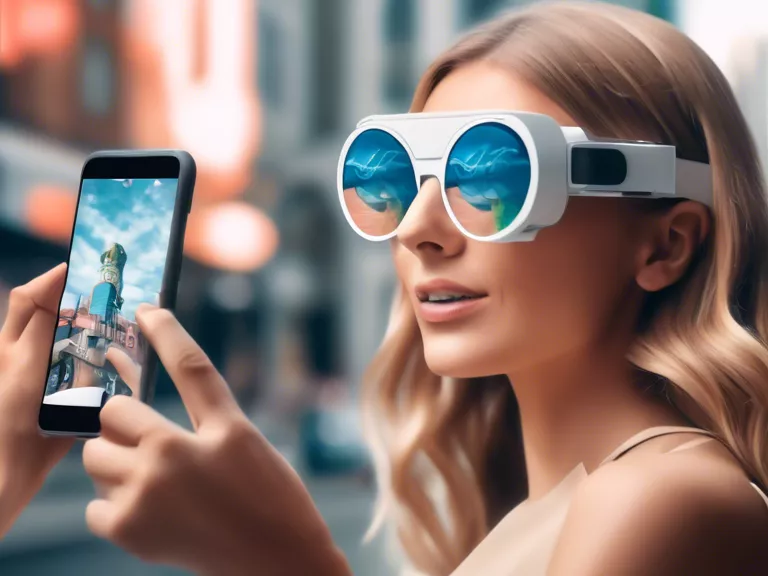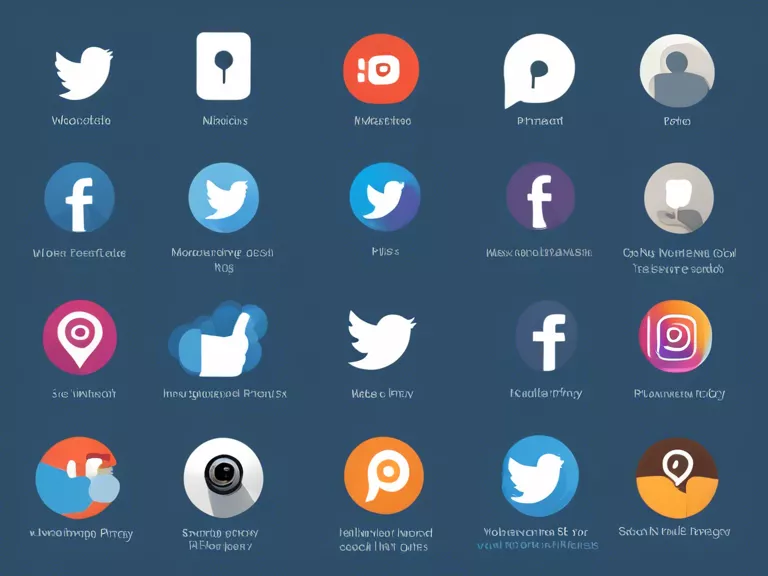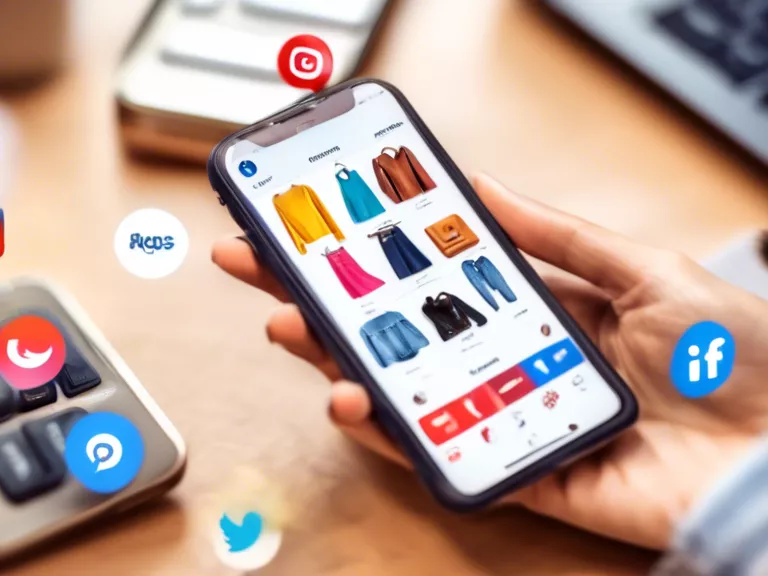
With the rise of augmented reality filters on social media platforms like Snapchat and Instagram, brands are finding new and creative ways to advertise to their target audience. Augmented reality filters allow users to overlay digital elements onto their real-world surroundings, creating an interactive and engaging experience. This technology has opened up a world of possibilities for brands looking to connect with consumers in innovative ways.
One way in which augmented reality filters are changing the way brands advertise is through interactive experiences. By creating custom filters that users can apply to their photos and videos, brands are able to engage with their audience in a fun and interactive way. These filters can include branding elements, promotional messages, and even games that users can play. This type of advertising is much more engaging than traditional banner ads or sponsored posts, and can help to create a stronger connection between the brand and the consumer.
Another way in which augmented reality filters are changing the advertising landscape is through user-generated content. When users interact with a brand's filter and share their photos and videos on social media, they are essentially becoming brand ambassadors. This word-of-mouth advertising can be incredibly powerful, as it comes from a trusted source (a friend or family member) rather than directly from the brand itself. This type of organic promotion can help to increase brand awareness and reach new audiences.
In addition, augmented reality filters allow brands to collect valuable data on their target audience. By analyzing how users interact with their filters, brands can gain insights into consumer preferences, behavior patterns, and demographics. This data can then be used to inform future marketing strategies and campaigns, ensuring that brands are delivering the right messages to the right people.
Overall, augmented reality filters are revolutionizing the way brands advertise. By creating interactive experiences, leveraging user-generated content, and collecting valuable data, brands can connect with consumers in new and exciting ways. As this technology continues to evolve, we can expect to see even more innovative advertising strategies in the future.



